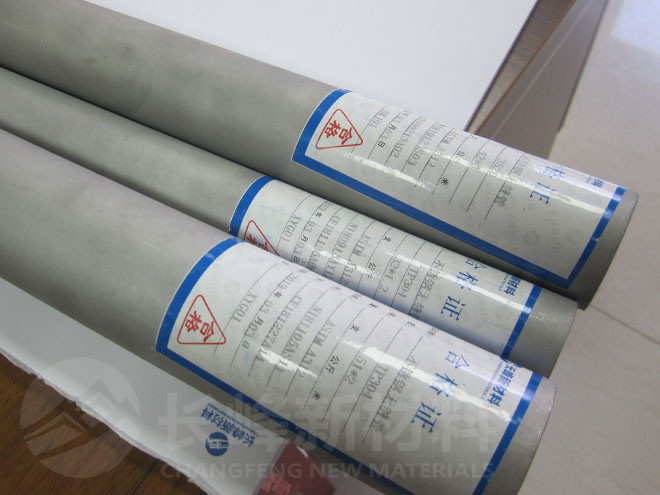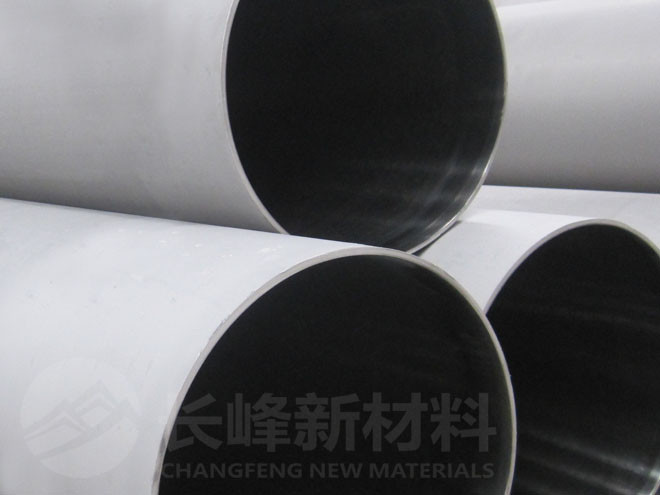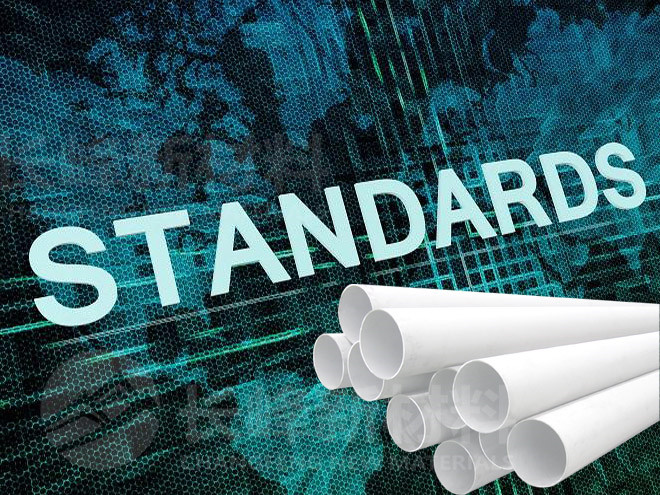Differences of Austenitic, Ferritic and Martensic Stainless
Date:2019-03-27 14:02:36
Austenite is a high-temperature phase of plain steel, which recrystallizes into ferrite/pearlite around 1425°F (depending on chemistry), below which ferrite becomes the more stable phase. Certain alloy elements, most notably nickel, are able to stabilize the austenite phase down to room temperature. This is the major difference between 300 and 400 series stainless steel; 300-series grades contain enough nickel to stabilize austenite at room temperature and hence are termed “austenitic” grades.
Martensite is a meta-stable phase that is formed when high-temperature austenite is quickly quenched below a critical temperature (that changes depending on chemistry). It is characterized by its extremely high strength, low fracture resistance, and low ductility. It can be held at an intermediate temperature for various times, in a process called tempering, to reduce strength while vastly improving toughness and ductility. Martensite can be achieved in both alloy and stainless steels.



 русский
русский English
English




